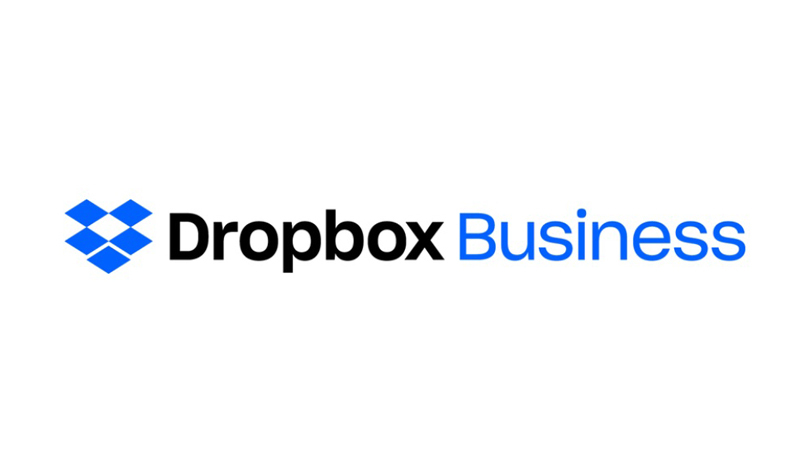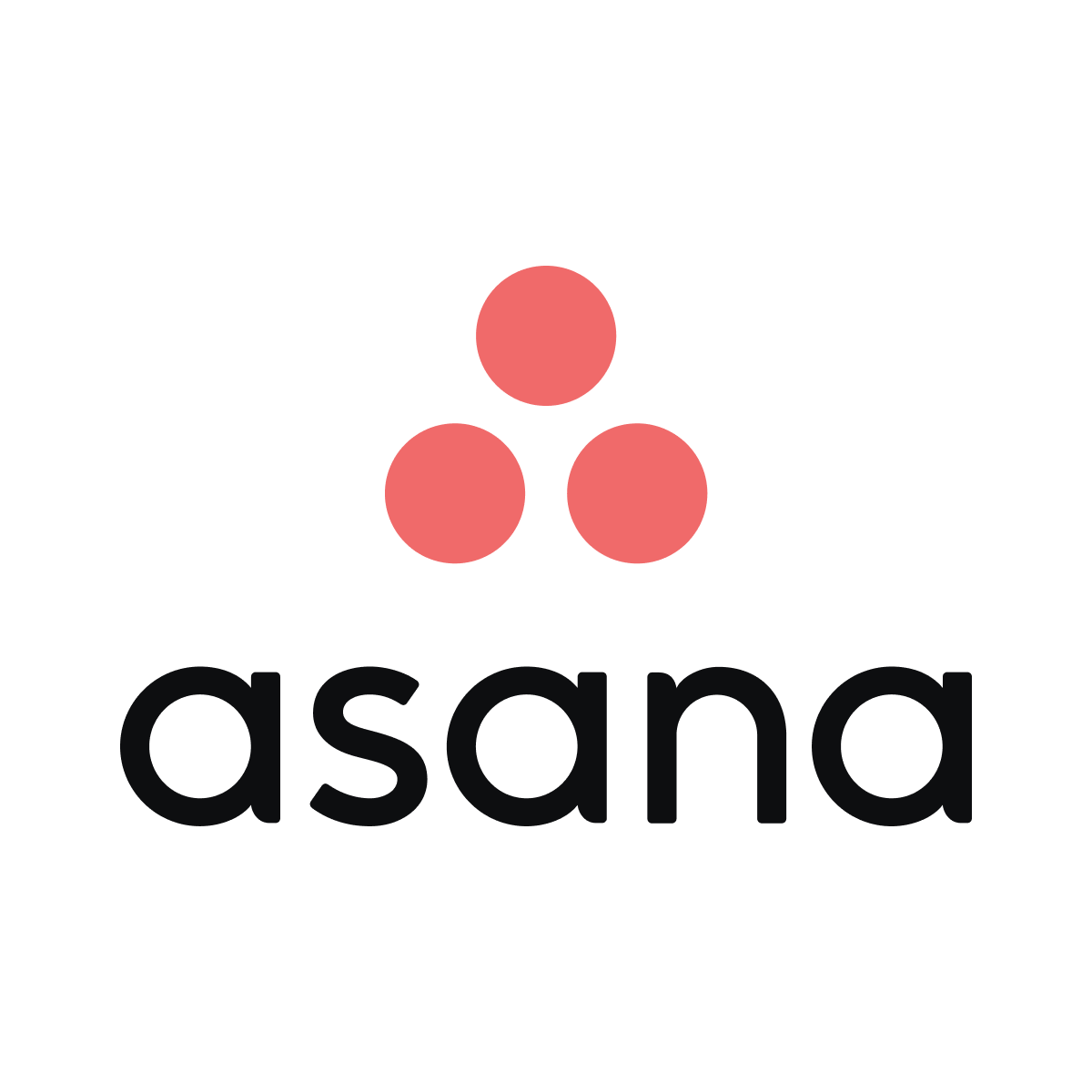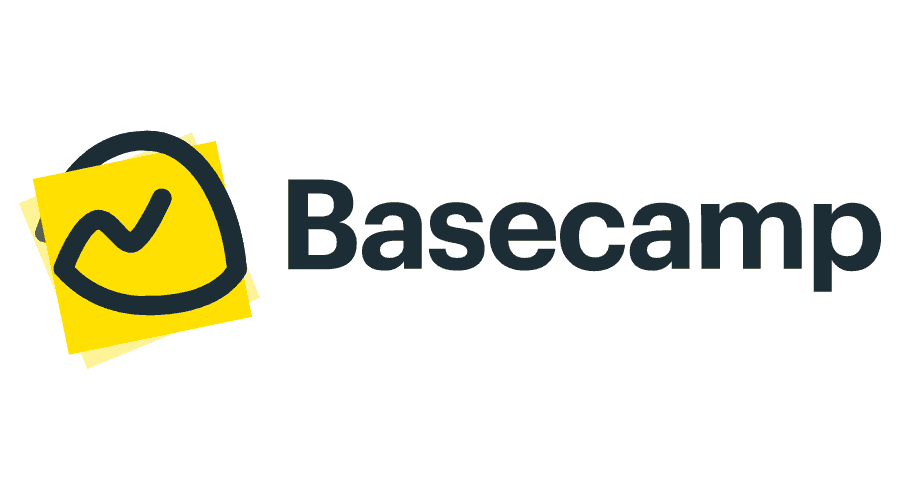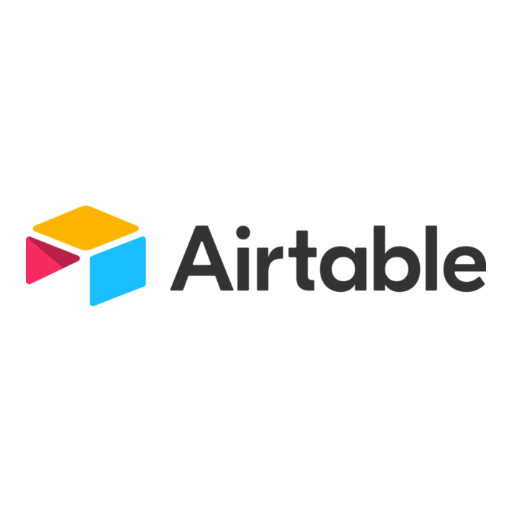Cloud Collaboration Software is a software tool that enables smooth and seamless cooperation among individuals or teams who are working on a common task or project across different locations. Utilizing cloud computing technology, this software allows users to access, share, edit, and collaborate on different types of files and documents in real-time using any device with an internet connection. These services can significantly enhance workflow, team productivity, and efficiency by eliminating geographical barriers and facilitating instant communication and document sharing, making it an essential tool for remote and distributed teams.
The Best Products
Cloud Collaboration Software: Our Recommendations
Pick #1
Slack
Slack is a cloud-based collaboration software that provides a platform for team communication, file sharing, and integration with other workflow tools. Designed to facilitate group discussions and coordination, it is organized into channels where team members can send messages, share files, and collaborate in real-time or asynchronously. Slack can be easily integrated with various other software like Google Docs, Trello, and Github, enhancing productivity by bringing all necessary tools into one interface. Furthermore, it supports direct messaging and video calling, enabling more personalized and face-to-face communication.
Pick #2
Google Workspace

Google Workspace, formerly known as G-Suite, is a comprehensive cloud-based productivity and collaboration tool developed by Google. It offers a range of applications like Gmail, Docs, Sheets, Slides, Calendar, Meet, and Google Drive, all integrated seamlessly to facilitate real-time collaboration and streamline business workflows. This platform is cloud-driven, enabling team members to work, share, and access files from anywhere and any device promoting remote work. Google Workspace also delivers advanced security features, user-friendly interface and full administrative control over system configuration and application settings.
Pick #3
Microsoft Teams

Microsoft Teams is a cloud-based collaboration platform that integrates with Microsoft’s Office 365 suite of products. This platform allows users to collaborate on documents, share files, schedule meetings, have audio, video and web conferencing, and instant messaging from any location. Its responsive design enables seamless collaboration across devices including smartphones, tablets, and computers, fostering a highly interactive digital workspace. Teams also support third-party integrations, ensuring greater productivity and facilitating managed, real-time collaboration and communication among team members. With advanced security measures and compliance standards inherent to Microsoft’s cloud-based services, it ensures that collaboration happens in a secure environment.
Pick #4
Dropbox Business

Dropbox Business is a robust cloud collaboration software suite designed to facilitate seamless file sharing and team collaboration in a secure, user-friendly platform. It incorporates cloud storage, allowing users to save, access, and share files from anywhere, across various devices. Furthermore, it includes productivity tools that enable real-time collaboration on documents, spreadsheets, and presentations, including version history and file recovery features, hence improving workflow efficiency. Dropbox Business also places significant emphasis on security, with advanced features like two-step verification, powerful encryption, and granular access permissions, ensuring data is safeguarded at all times.
Pick #5
Asana

Asana is a popular cloud collaboration software designed to help teams organize, track, and manage their work. It supports both small and large teams, offering a centralized platform where users can create tasks, assign them to team members, set deadlines, comment on task progress, share relevant files, and more. With its comprehensive project management features, Asana enhances team collaboration by ensuring everyone is aligned on what to do, transparency on who’s doing what, and knowledge of when tasks are due. It integrates with various applications including Google Drive, Slack, and Microsoft Teams, making it a versatile tool for business productivity and efficiency.
Pick #6
Trello

Trello is a cloud-based collaboration software that offers a visual approach towards project management. It’s a tool widely used by teams for organizing projects and assigning tasks in a flexible and easy-to-understand way. The main feature of Trello is its boards, which represent projects, and the cards inside those boards, which signify individual tasks. Each card contains lists and subtasks, attached files, due dates, categorizations, and comment sections for discussion. This web-based application promotes easy collaboration by allowing users to update statuses, assign tasks, track progress and manage workflows in real-time, fostering productivity and efficiency within a team.
Pick #7
Zoom

Zoom is a cloud-based collaboration software that provides video conferencing, online meetings, chat, and mobile collaboration services. It enables individuals and businesses to conduct virtual meetings and webinars, share content, and collaborate online in real-time. Known for its high-quality video and audio, ease of use, and robust feature set including breakout rooms, screen sharing, and integration with various communication and productivity platforms, Zoom has become a popular solution for remote work, distance education, and socializing purposes.
Pick #8
Monday.com

Monday.com is a cloud-based collaboration and project management software that simplifies the way teams work together. Its digital workspace allows team members to create, assign, and track the progress of individual tasks, projects, or workflows. Monday.comoffers customizable templates, collaborative file sharing, time-tracking, automated notifications and dependencies, and integration with other popular tools like email, calendar, and spreadsheets. It aims to improve transparency, productivity, and efficiency in a decentralized environment, making it particularly beneficial for remote or distributed teams.
Pick #9
Basecamp

Basecamp is a cloud-based online project management tool designed to facilitate collaboration and communication within teams and between clients. It offers a centralized portal where users can create projects, assign tasks, track progress, and share documents or resources. Its robust features include to-do lists, message boards, schedules, documents and file storage, real-time group chat, and automated check-in questions. The software allows easy communication and collaboration in real-time and is accessible from anywhere, thus enhancing efficiency, transparency, and productivity in project management processes.
Pick #10
Airtable

Airtable is a cloud collaboration software that functions as a hybrid of a spreadsheet and a database, allowing for a more dynamic way to organize, collaborate, and innovate with your data. It integrates the flexibility of a spreadsheet with various functionalities of a database, such as field customization options enabling images, links, and checkbox inputs. With Airtable, teammates can work on the same projects and tasks simultaneously in real-time through shared access, enhancing their productivity and efficiency effectively. It also allows for an extensive catalogue of apps and automation workflows, making data management and project management tasks simpler and more streamlined.
Cloud Collaboration Software: Key Features
Key features of a cloud collaboration software focus primarily on enhancing productivity and teamwork across any distance. At its core, real-time editing and sharing capabilities stand out, allowing team members to concurrently make changes to documents, presentations, or spreadsheets, ensuring everyone has access to the latest versions. This feature eradicates the need for back-and-forth emails with attachments, streamlining the collaboration process. Additionally, instant messaging and video conferencing tools are integrated within the platform, facilitating immediate communication and decision-making, which is crucial for maintaining the momentum of projects.
Moreover, cloud collaboration software is designed with security and accessibility in mind. Advanced encryption and user authentication protocols protect sensitive information from unauthorized access, while also complying with data protection regulations. Accessibility is guaranteed through its cloud-based nature, enabling team members to connect and contribute from anywhere in the world, on any device with internet access. This flexibility not only supports remote work but also ensures that geographical and time zone barriers do not hinder project progress. Together, these features create a robust environment for teams to collaborate efficiently and securely.
Buying Criteria
Choosing the right cloud collaboration software requires a clear understanding of your team’s needs and workflow processes. First, evaluate the features you genuinely require for effective collaboration—be it file sharing, real-time editing, project management, or communication tools. Consider the number of users that will be utilizing the software and how the platform facilitates interaction among team members. It’s essential to choose a solution that integrates seamlessly with your existing systems and tools to avoid disrupting your workflow. Also, consider the learning curve associated with the new software to ensure that your team can quickly adapt and maintain productivity levels.
Security should be a top priority when selecting cloud collaboration software. Look for a platform with robust security measures, including data encryption, secure authentication processes, and customizable access controls. Besides security, assess the software’s scalability to ensure it can grow with your business. The right solution will not only fit your current needs but will also be able to support an increasing number of users and a growing volume of data. Lastly, customer support and service reliability are crucial factors—opt for a provider known for excellent customer service and a track record of minimal downtime to ensure a smooth and uninterrupted collaboration experience.
Benefits
Investing in a cloud collaboration software makes sense when an organization’s workflow is heavily dependent on teamwork, especially if team members are geographically dispersed. This digital solution bridges the gap between remote workspaces, ensuring that everyone, regardless of their physical location, can access crucial files and information in real-time, collaborate on projects seamlessly, and communicate effectively without the constraints of traditional office setups. Companies experiencing rapid growth or those with a dynamic project environment will find cloud collaboration software invaluable for maintaining productivity, fostering innovation, and ensuring that every team member is on the same page.
On the other hand, it may not make sense to invest in a cloud collaboration software for small enterprises or teams with simple, routine tasks that do not require intensive collaboration or real-time communication. Businesses that operate with highly sensitive data and are subject to stringent regulatory compliances might also reconsider, due to the complexities involved in securing data in the cloud. Additionally, organizations with a tight IT budget might find the subscription models of such software challenging to sustain in the long run. In these scenarios, traditional methods of communication and project management, or on-premises solutions might better serve their needs, avoiding the unnecessary expenditure on tools that do not align with their operational framework.
Popular Questions
What is Cloud Collaboration Software?Why should a business use Cloud Collaboration Software?Is Cloud Collaboration Software Secure?Can Cloud Collaboration Software be used offline?How does Cloud Collaboration Software support team communication?
Cloud Collaboration Software is a suite of productivity applications that allow team members to work together on shared projects or documents, in real-time, through the internet. This software can include tools for document sharing, project management, communication, video conferencing, and more.
Using Cloud Collaboration Software improves productivity and efficiency as it allows team members to access and work on tasks anytime, anywhere. It also enhances team collaboration as individuals can simultaneously view and edit documents. It reduces the need for bulky physical storage and is cost-effective as most cloud collaboration software follow a subscription model.
Yes, Cloud Collaboration Software typically comes with robust security measures like encryption, two-factor authentication, and user permission controls. However, the level of security can vary from one provider to another so it’s important to review the software’s security features before implementation.
Some Cloud Collaboration Software provide offline functionality where you can edit documents or work on tasks without an internet connection. However, changes made will only be synchronized with the cloud and visible to other team members once an internet connection is re-established.
Most Cloud Collaboration Software incorporates real-time communication tools such as instant messaging, video conferencing, and discussion forums. This allows team members to communicate and collaborate in real-time, making workflows smoother and quicker.

